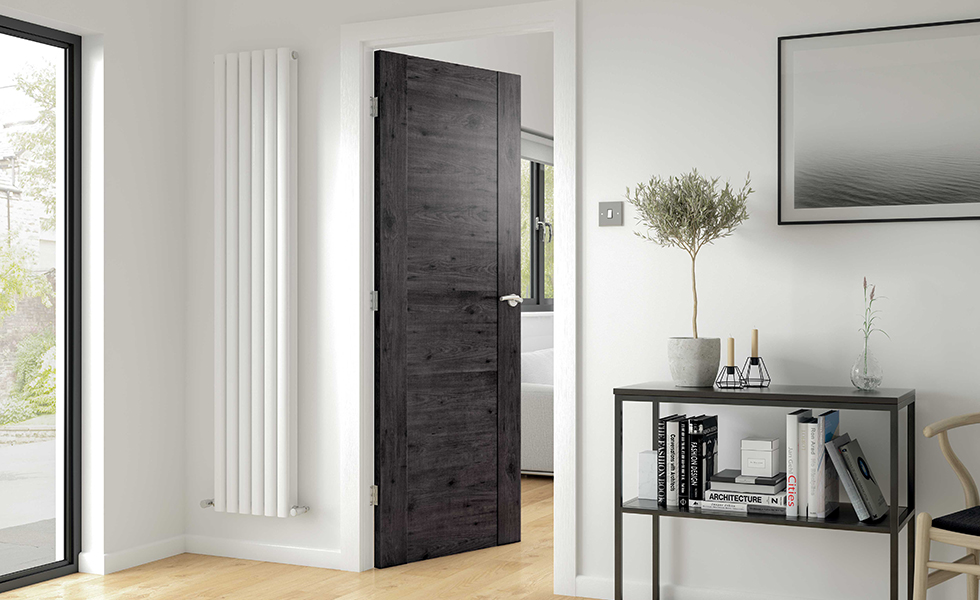A summary of Doors
What is a door? Bed not the culprit it made? What exactly is it made of? What exactly are its uses? You want to touch a bit on all the points above in this post.
A door is used to hook up with areas which might be two rooms or the exterior and interior of an house. It offers a superior the pathway to visit between these two areas. A door, rolling around in its most basic form, consists of some form of panel of your certain material that may be swung or slid open. This panel might be hinged with a door frame or maybe the supporting wall.
This document will handle the harder common doors in use today.
1) Door Components
a) The Panel (Leaf)
The entranceway panel or leaf will be the area of the door that moves. It always can be as big because opening and frequently can be viewed separated into two parts (as sometimes affecting barns with a horse looking). The panel might swing right or left or slide sideways (and even upwards). It may be comprised of a number of materials including wood, steel, iron, aluminum, PVC, glass, etc.
b) The Frame
The frame surrounds the panel and holds it in position. It is made up of 2 jambs (sides), a header (top) as well as a sill (bottom). On interior doors there is absolutely no sill needed. Door frames are generally not pronounced and will blend with the wall they are mounted into. Materials employed for frames are as much in terms of panels.
c) The Trim (Liner)
The trim could be the decorative a part of a door which is used to visually join the frame and wall interface together. They may be mostly used on the wall with a slight overlap on top of the frame which makes it appear that this frame is wider laptop or computer is really. Again, trim materials can differ in fact are constructed with wood. 
d) The Hinge or Rolling/Sliding Track
A swinging door requires hinges on the panel-frame interface. A sliding door requires some type of bottom or top (or both) track the panel slides along either to the right of left. Swinging Door hinges usually are made from metal for strength reasons (just like sliding tracks) and at least 2 are expected to get a one-panel door.
e) The Handle and Lock
Doors no definitely not need a handle or lock but carry out at the very least visit a handle on most. It is easier to have a great grip when moving the panel. Handles are generally made out of metal or it could be wood. Door locks comes in many different forms including thumb turn, latch-type, hook or keyed locks. Most tresses are metallic for durability and strength.
2. Door Uses
Doors are most likely one of the oldest inventions on earth. Closing off a gateway must always have its uses. Without relating mobile doors (for example cars) there's two main uses today are "Exterior" and "Interior" Doors.
a) Exterior Doors
Such a door provides exit and entry to a house. It has a sill and weather strips so that you can seal the weather out more effectively. It's also the main attraction around the front of the house because main reason for entry.
Exterior doors provide a better insulating value than interior doors and target minimizing heat transfers from exterior to interior on cold days.
Exterior doors can be made up of more than one panel as noticed in Double Doors or Folding/Accordion Doors so that you can produce a greater opening. Normally, exterior doors are bigger and heavier than their interior counterparts. Using glass in exterior doors is quite common.
b) Interior Doors
This sort of door may be the passage way between rooms. It is commonly lighter and smaller than the exterior door but purpose and materials resemble. They have no sill, since airflow underneath the door is usually welcomed in the home.
3. Door Styles
Doors could be either traditional or modern and incredibly seldom a mix of the 2. Modernity dictates the lack of ornate wood carvings, as an example. It is likely to simplicity and straightness.
Traditional doors try and mimic the harder detailed craftsmanship of the past.
Doors can be achieved which has a single panel or many panels to give a varying a higher level open space and light.
Interior doors don't always should be between rooms but tend to divide a bedroom coming from a closet space. Rise done via sliding doors to avoid wasting space.
We see larger doors in barns and garages and in these instances the doors slide or move upwards parallel to inside ceiling. Design is sacrificed for functionality generally in most barn and garage scenarios.
It should be said that doors are extremely common that does not much thought is invest in them unless you are when buying them perhaps. But once in a while the truth is the one which impresses you. And so the oldest inventions are still the most successful all things considered.
For more details about cua nhua ABS Han Quoc web page: look at this.